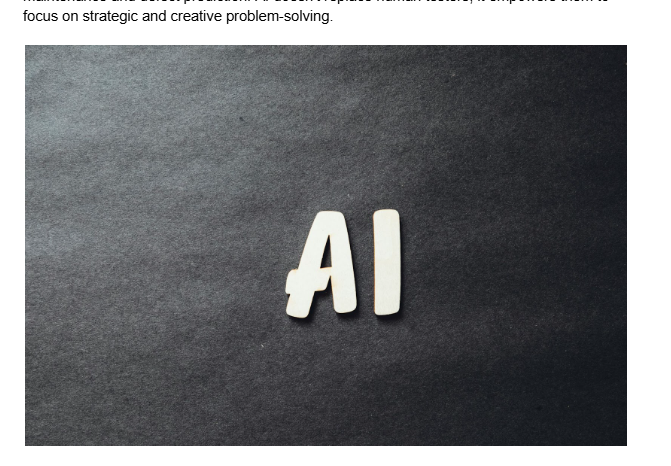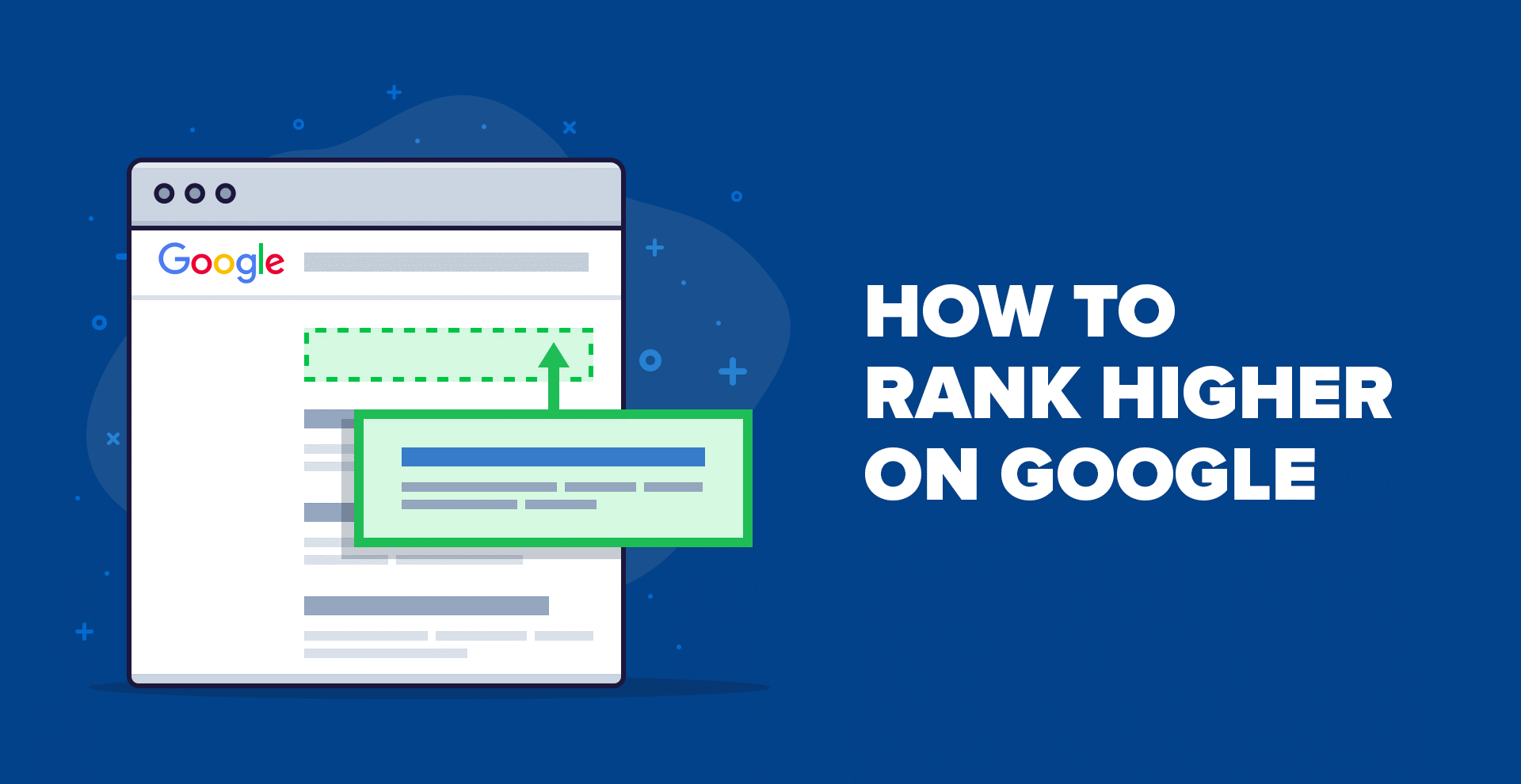
Introduction
Education has always been a fertile ground for innovation and transformation. Over the years, technology integration in teaching and learning has evolved from a novel concept to a fundamental element of modern education. As we look toward the Future, Technology's role in education is set to become even more pivotal, reshaping the educational landscape in ways we are just beginning to understand.
From the chalkboards and textbooks of the past to the smartboards and digital resources of today, the journey of educational Technology, or EdTech, reflects a dynamic shift in how knowledge is imparted and received. The Future promises further disruptions, driven by rapid technological advancements, changing the fabric of traditional education systems.
The Rise of EdTech: A Brief Overview
Educational Technology, known as EdTech, has seen a meteoric rise over the past few decades. Initially limited to basic computer-assisted instruction, EdTech has expanded into many tools and platforms, encompassing everything from interactive whiteboards to AI-driven learning platforms.
This journey began with simply integrating computers in classrooms, transforming traditional teaching methods.
Today, EdTech is not just an adjunct to traditional education; it's an essential component, constantly evolving and shaping the Future of how we teach and learn. So many Edtech platforms are available on the internet like you can see as TalentLMS, Rockstar learning platform, and TheLearningApp provides quality resources for students, kids and teachers.
Personalized Learning Experiences
One of the most significant educational disruptions due to Technology is the advent of personalised learning experiences.
Adaptive learning software analyzes a students or Kid’s performance in real time, adjusting the difficulty and style of content accordingly. This ensures students are bored with accessible material and manageable with too challenging content.
Such personalized approaches have shown promising results in improving student engagement and comprehension, heralding a new era in education where one-size-fits-all teaching models have become a thing of the past.
The Digital Classroom
The classroom concept is undergoing a radical transformation driven by technological advancements.
Virtual Reality (VR) and Augmented Reality (AR) are at the forefront of this transformation. These technologies transport students to ancient civilizations, distant planets, or inside the human body, providing experiential learning that was once unimaginable. Interactive whiteboards and digital projectors have replaced traditional chalkboards, making lessons more engaging and interactive.
Accessibility and Inclusivity
A pivotal aspect of how Technology is reshaping education is its role in enhancing accessibility and inclusivity. Technological advancements have opened doors for learners who were previously marginalized due to various barriers, such as physical disabilities, geographical constraints, or learning differences.
Assistive technologies, such as speech-to-text software, screen readers, and Braille displays, have made learning more accessible for students with visual, auditory, or physical disabilities. Online learning platforms like Khan academy, Udemy, many more and digital resources have brought quality education to remote and underserved areas, breaking down geographical barriers.
The Shift in Teaching Roles
The integration of Technology in education has significantly altered the traditional role of teachers. In the tech-driven classroom, teachers are transitioning from the primary source of knowledge to facilitators of learning. This shift reflects a more profound change in educational paradigms, where the focus is on guiding students to learn, think critically, and apply knowledge rather than just disseminating information.
In this new role, teachers become orchestrators of technology-enabled learning experiences. Technology in classrooms also allows teachers to gather real-time data on student performance, enabling them to provide more targeted support and intervention where needed. Also, teachers must be equipped with the technical skills and the pedagogical understanding to integrate Technology into their teaching practices effectively.
Collaborative Learning Across Borders
Technology has torn down the geographical barriers in education, enabling collaborative learning experiences that span continents and cultures. This global connectivity brings a wealth of benefits:
Cultural Exchange:
Students worldwide can collaborate on projects, sharing perspectives and learning about diverse cultures.
Language Skills:
Engaging with peers from various linguistic backgrounds provides a natural and effective way to develop language skills.
Global Perspective:
Collaborative international projects foster a global outlook, preparing students
to thrive in an increasingly interconnected world.
Virtual exchange programs and online collaborative tools facilitate these interactions, making the world a smaller, more accessible place for learners of all ages.
6 Key Challenges and Considerations in Educational Technology
While Technology offers transformative opportunities in education, it also presents several challenges and considerations that need careful attention:
Digital Divide:
Access to Technology is uneven across different socio-economic and geographical groups, leading to a digital divide.
Screen Time Concerns:
Excessive screen time can have negative impacts on physical and mental health. Balancing Technology use with these potential drawbacks is essential, promoting structured and purposeful use of digital tools.
Data Privacy and Security:
As more educational activities move online, protecting students' privacy and data becomes paramount. Implementing robust cybersecurity measures and educating students about data safety is essential.Discover how to protect digital assets with Nucamp's Cybersecurity Bootcamp.
Quality of Digital Content:
The vast amount of educational content available online varies in quality. Curating and ensuring the credibility and effectiveness of digital learning materials is a significant challenge.
Teacher Training and Support:
Successfully integrating technology into education requires teachers to be well-trained and supported. Continuous professional development in the latest educational technologies is necessary for teachers to guide their students effectively.
Addressing these challenges involves collaborating among educators, policymakers, technology providers, and the wider community.
Conclusion
The Future of teaching and learning, shaped by Technology, holds immense potential. From personalized learning paths to global collaborative projects, Technology is set to disrupt and enrich the educational landscape in myriad ways.
As we embrace this Future, we should focus on harnessing Technology to enhance learning while staying mindful of the human elements at the heart of education.



